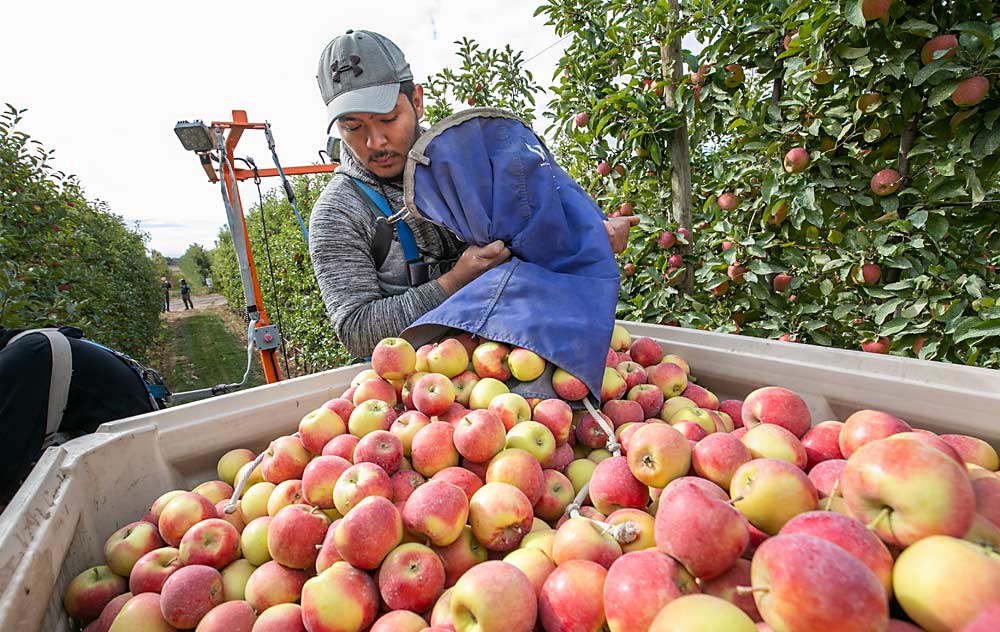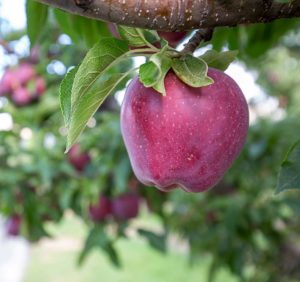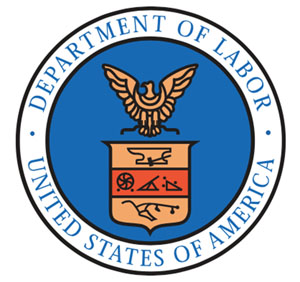
Three years and two presidential administrations after first proposed, changes to H-2A guest worker program regulations have been finalized by the U.S. government.
They didn’t turn out the way the tree fruit industry wanted.
“Our hope was that it was going to make the program more accessible to growers,” said Kate Tynan, senior vice president of the Northwest Horticultural Council, which represents the industry in federal matters. It did the opposite, she said.
Despite the industry’s advocacy, the U.S. Department of Labor’s final rule that took effect in November increases costs and administrative burdens for growers to contract foreign workers on temporary H-2A visas for seasonal labor.
Employers have a 90-day grace period. Contracted workers with start-work dates before Feb. 12 fall under the old rules.
Wage calculation was one of the biggest changes.
The fruit industry has long argued that state prevailing wage surveys required by the USDOL boost pay beyond market value. This new rule may accelerate that.
For one thing, the new rule lowers the statistical threshold for validity for the state surveys that the USDOL requires to set prevailing wages. Previously, surveyors usually had to question 15 percent of the workforce to feel confident the responses were representative. Now, they must reach only 30 workers among five different employers, regardless of the size of the employee pool, which is often in the thousands or tens of thousands. Also, states now have more flexibility to define work tasks. For example, state economists can more easily lump picking Honeycrisp apples at high density into the same category as stem clipping WA 38 or picking Fujis at low density.
The new rule codifies that growers may never lower wages during a contract, even if prevailing wages go down, which they occasionally do. However, the federal government can still raise prevailing wages during a season, like when regulators bumped the wage for hand harvest of blueberries from 50 cents per pound to 75 cents in July 2019.
The new rule leaves out several changes the industry sought. Prevailing wages will continue to be based on peak need and include incentives and bonuses in base pay calculation. The department also rejected replacing the 50 percent rule (which requires growers to hire domestic job seekers who apply within the first half of the contract) with a 30-day rule, and it declined proposals for a 14-day need window and staggered entry of workers over 120 days.
Here are a few other notable changes:
—Applications must be filed electronically.
—Rental housing, such as hotels, must meet the same strict federal guidelines as on-farm or association-built farm labor housing. Impacts will be state-specific and depend on local housing regulations.
—All meals provided by the employer must meet U.S. Department of Agriculture nutritional guidelines, under penalty of fines and debarment for noncompliance.
—Employers must now keep home addresses, email addresses and phone numbers of workers in their home countries. Most growers did this anyway, but now they need to keep it handy for state or federal regulators.
—Growers using joint employer contracts now share liability if one of the participants violates the rules. However, the rule says “substantial” violations — those that result in debarment — will mean penalties short of debarment for the other joint filers.
—Also for growers in joint employer contracts: They may not schedule employees more than 34 hours in one week. If growers plan to go above that threshold, the agriculture department requires them to have a solo contract.
—The new rule removes in-process appeals. So, during the application process, if growers get decisions they don’t like, they no longer have a right to appeal those until later, which could be too late.
Pilot program
The U.S. Department of Agriculture has launched a grant-funded pilot program to help growers pay for the cost of hiring H-2A workers from countries in northern Central America — from which many of the irregular immigrants at the United States’ southern border come.
The USDA’s Farm Service Agency will steer the pilot that will use $65 million of the American Rescue Plan to offset the extra costs required to recruit and hire workers from Central America. Currently, most H-2A workers in the U.S. come from Mexico.
The plan is still in the works. In October, the agency wrapped up the public comment period. For more information, visit: bit.ly/usda-farm-labor-pilot.
Surety bonds
Another change affects farm labor contractors, who must now put up larger surety bonds in case they cannot meet their required financial obligations. The previous amounts, which varied depending on how many employees they cover, had not increased since 2010.
Those now are considered “base” amounts that go up with increases in the Adverse Effect Wage Rate, or AEWR, which is considered an H-2A minimum wage and is based on a different wage survey. Previously, a contractor representing 100 workers would pay a bond of $75,000. Now, with an AEWR of $14.28, the bond for a contractor representing 100 workers would cost $115,000, according to an example in the Federal Register.
This will increase surety company premiums and may make coverage for smaller contractors hard to find, said Mike Gempler, executive director of the Washington Growers League, an agricultural labor association based in Yakima, Washington.
“Some contractors may not be able to swing it,” he said.
Those premium increases likely will trickle down to higher costs to growers, he said.
The rule change also requires growers to provide housing for local qualified job applicants who don’t have their own transportation, he said. Previously, only workers who lived outside a reasonable commuting distance qualified for free housing. That may force employers to screen for such workers during the application process.
All the changes will drive up costs for growers and the price of food in stores, said Enrique Gastelum, CEO of wafla, the Lacey, Washington, nonprofit that facilitates the majority of the state’s H-2A contracts.
Gastelum urged growers to carefully vet their contractors, agents, attorneys, joint employers, rental housing managers and anyone involved in their H-2A hiring process. Based on his recent visits to Washington, D.C., he expects more stringent enforcement from state and federal authorities this year.
“It indicates to me they’re going to be looking at any and all people who are shaking hands with each other,” he said.
—by Ross Courtney








Leave A Comment